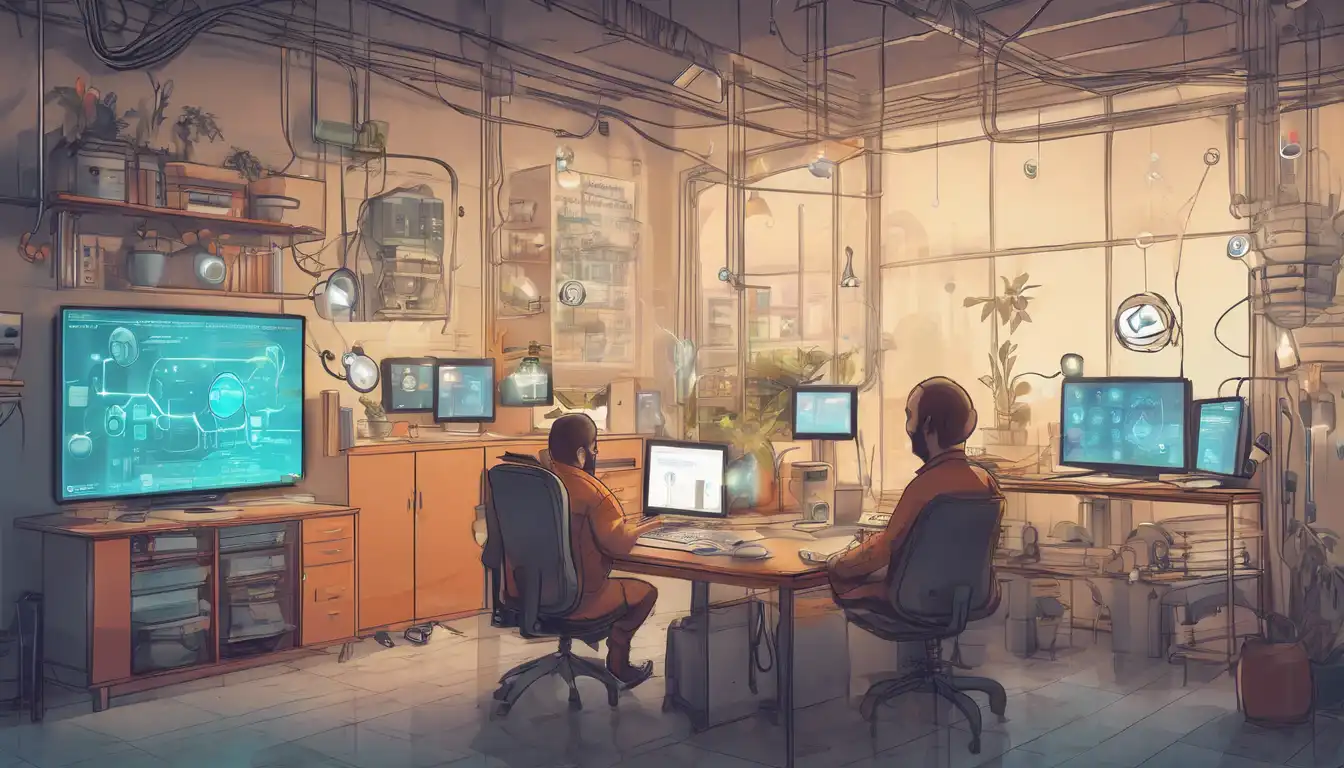Introduction to IoT Development
The Internet of Things (IoT) is revolutionizing how we interact with the world around us. From smart homes to industrial automation, IoT development is at the heart of this transformation. This guide is designed to help beginners take their first steps into the world of IoT development, covering the basics, tools, and strategies to get started.
Understanding IoT
IoT refers to the network of physical devices connected to the internet, collecting and sharing data. These devices range from ordinary household items like refrigerators and thermostats to sophisticated industrial tools. The key to IoT is the seamless communication between devices, enabling automation and smarter decision-making.
Getting Started with IoT Development
To embark on your IoT development journey, you'll need a solid foundation in several areas:
- Programming Languages: Familiarity with languages such as Python, JavaScript, or C++ is crucial for developing IoT applications.
- Hardware Knowledge: Understanding the basics of electronics and how to work with microcontrollers like Arduino or Raspberry Pi is essential.
- Networking: Since IoT devices communicate over the internet, knowledge of networking protocols is a must.
- Cloud Computing: Many IoT applications rely on cloud services for data storage and processing, making cloud computing knowledge valuable.
Tools and Platforms for IoT Development
Several tools and platforms can accelerate your IoT development process:
- Arduino IDE: A great starting point for beginners to program microcontrollers.
- Raspberry Pi: Offers a more powerful alternative to Arduino, capable of running full operating systems.
- Node-RED: A flow-based development tool for visual programming of IoT applications.
- AWS IoT: Amazon's cloud platform provides a suite of tools for IoT development, including device management and data analysis.
Building Your First IoT Project
Starting with a simple project can help you apply what you've learned. Consider creating a smart LED that you can control remotely. This project involves programming a microcontroller to respond to commands sent over the internet, giving you hands-on experience with both hardware and software aspects of IoT.
Challenges in IoT Development
While IoT offers immense opportunities, developers face several challenges, including security concerns, data privacy, and the complexity of integrating diverse technologies. Addressing these challenges requires a proactive approach, including regular software updates and robust encryption methods.
Future of IoT Development
The future of IoT is bright, with advancements in AI and machine learning opening new possibilities for smarter and more autonomous systems. As the technology evolves, so too will the opportunities for developers to innovate and create solutions that further connect our world.
Embarking on your IoT development journey can be both exciting and daunting. However, with the right tools, knowledge, and mindset, you can overcome the challenges and contribute to the ever-expanding IoT ecosystem. For more insights into technology and development, explore our technology section.
